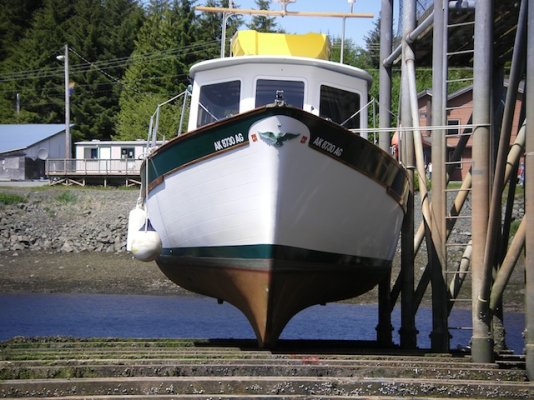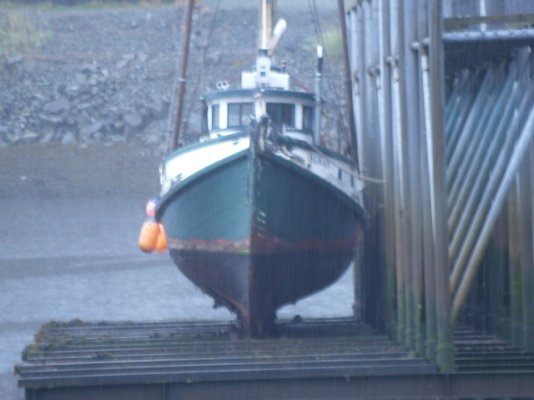O C Diver
Guru
- Joined
- Dec 16, 2010
- Messages
- 13,335
- Location
- Fort Myers, Florida
- Vessel Name
- End Of The Line
- Vessel Make
- Trinka 10 Dinghy
As mentioned earlier in this thread, those getting better fuel economy have repowered with modern diesels. The article you site was published in 1978 with a motor that was developed in the late 1950s and started being produced in 1960. Really doubt your boat would get the economy it does with engines from the 1960s.OK guys, so how about we look at some actual willard 40 data from when the boat was in production?
This will once and for all settle the range, and the NMPG issues.
Here's a link to a review of the Willard 40 from 1978. I think the fuel data is probably directly from the manufacturer.
http://pacificmotorboat.com/willardboats/docs/willard40review.pdf
It shows that at:
1000 RPM 4.8 knots 6.8 nmpg
1200 RPM 5.6 knots 6.0 nmpg
1400 rpm 6.3 knots 4.8 nmpg
1600 RPM 6.8 knots 3.8 nmpg
1800 RPM 7.4 knots 2.9 nmpg
2000 RPM 7.8 knots 2.4 nmpg
Thats not bad fuel economy, but I have to point out that my fuel inefficient 47' twin engine semi displacement boat gets only 25% worse fuel economy at the upper end of the scale.
Ted


